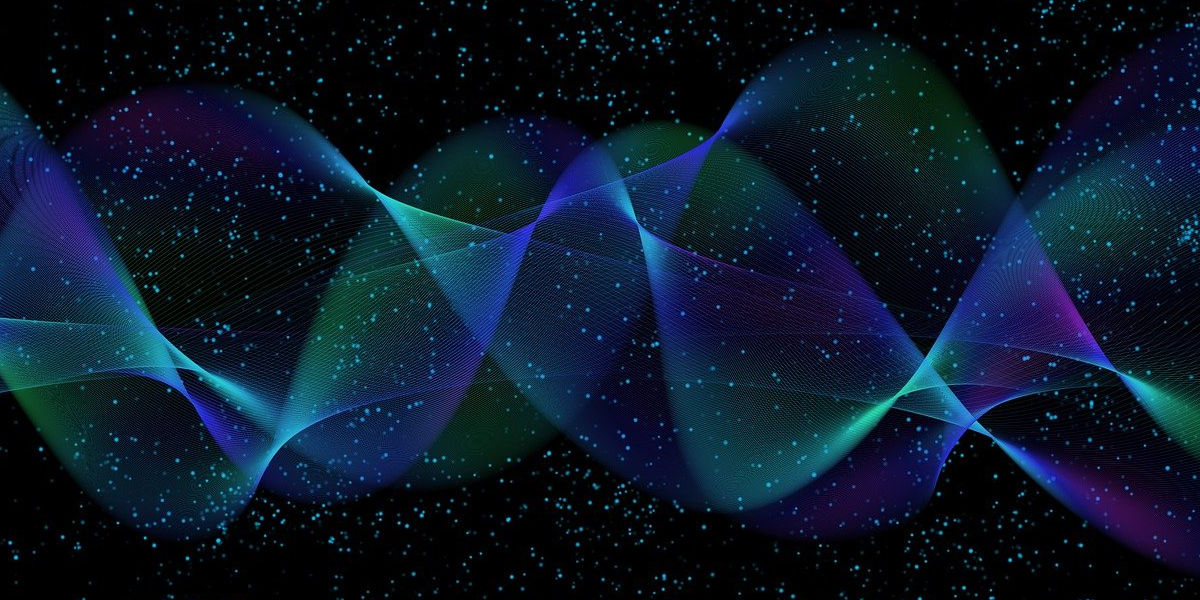The cosmos is an ever-expanding amalgamation of countless mysteries waiting to be solved; and amidst this infinite sea of stars, galaxies, and planets, exists an enigmatic particle that is as elusive as it is pervasive - the neutrino. These subatomic particles, famously dubbed the 'Tiny Ghosts of the Universe', hold the keys to answering some of the greatest scientific questions of our time. This article aims to delve into the abyss of the unknown to help you unravel the mysteries of neutrinos - what they are, their discovery, the experiments conducted to understand them, and their tangible importance in the grand scheme of things.
What is a Neutrino?
The universe is filled with countless particles that form the basis of everything we perceive as reality. Neutrinos are one of these elementary particles, but with a twist. They are incredibly tiny and almost weightless. Their name, coming from the Italian 'little neutral one', pretty much sums up their attributes - small and neutrally charged.
What sets neutrinos apart from other subatomic particles is their ghostly ability to pass through matter unhindered, thanks to their incredibly tiny size and lack of electric charge. Because of these traits, neutrinos are able to slip through planets, stars, and even entire galaxies as though they don't exist at all. This instills a sense of elusiveness in them, making them exceedingly difficult to detect and thereby earning them the moniker 'Tiny Ghosts of the Universe'.
Neutrino Experiments and Discoveries
Given the elusive nature of neutrinos, the question arises, how do we even know they exist? The answer lies in the groundbreaking experiments and discoveries made by awe-inspiring physicists over the years.
The existence of neutrinos was first proposed by Wolfgang Pauli in 1930 to preserve the law of conservation of energy in radioactive decay experiments. However, it was not until two decades later that they were first detected by Clyde Cowan and Frederick Reines, a discovery for which they received the Nobel Prize in Physics. Since then, a series of experiments have been conducted to understand these elusive particles, each discovery peeling back a layer of the diverse universe we inhabit and its biomechanics.
One of the most notable experiments to date is the Super-Kamiokande neutrino detector in Japan, a gigantic tank filled with 50,000 tons of ultra-pure water, designed to detect the faint light emitted when a neutrino interacts with an atom. Similarly, the IceCube Neutrino Observatory in Antarctica uses a cubic kilometer of ice instead of water to detect these elusive particles. These experiments have become pivotal in widening our understanding of these tiny cosmic phantoms.
A New Window to The Universe
Neutrinos, fundamental particles of nature, are ubiquitously streaming through us every second. They are almost unaffected by normal matter, which makes them uniquely elusive and difficult to study. However, recent advancements in technology and physics have increased our ability to detect and study these ghostly particles, revealing an entirely new window to the universe.
Their elusive nature is primarily due to their lack of electrical charge and their tiny mass. This means they don't interact with matter via the electromagnetic force, unlike nearly all other particles. Therefore, an almost uncountable number of neutrinos from the sun and other astrophysical sources pass through us and our planet every second, unnoticed and unscathed. This ability to pass through vast amounts of matter makes neutrinos ideal messengers from the universe, carrying information other particles cannot.
The Importance of Studying Neutrinos
Neutrinos' ghost-like characteristic is intriguing for scientists and physicists since they offer a rare opportunity to study both the smallest structures in the universe and the most cataclysmic events happening in space. Observing these particles can provide unique insights into the structures of atoms and the forces inside them.
Moreover, neutrinos hold keys to understanding some of the most enigmatic phenomena in the universe. For instance, Supernovae – the explosive deaths of stars – release a burst of neutrinos that can tell us about the mechanics of such powerful events. Also, by studying neutrinos produced by nuclear reactions in the sun, we can get an accurate snapshot of our star’s interior.
Ongoing Discoveries and Future Research
Recently, scientists have started to accumulate evidence that neutrinos might behave differently than their antiparticles - a violation of a fundamental symmetry of nature. If confirmed, this could open up new avenues of research, potentially explaining why the universe is matter-dominant.
Aside from that, there are still many unknowns about neutrinos that are yet to be explored. Scientists are still puzzled over the actual mass of these particles, which should be measurable but has proven challenging to compute so far
In conclusion, while neutrinos may be tiny, ghost-like, and elusive, their importance in the universe is immeasurable. Unmasking their mysteries could lead to a more profound understanding of the universe, from the smallest atom to the most grandiose celestial events. It's safe to say that studying neutrinos is studying the universe itself.




